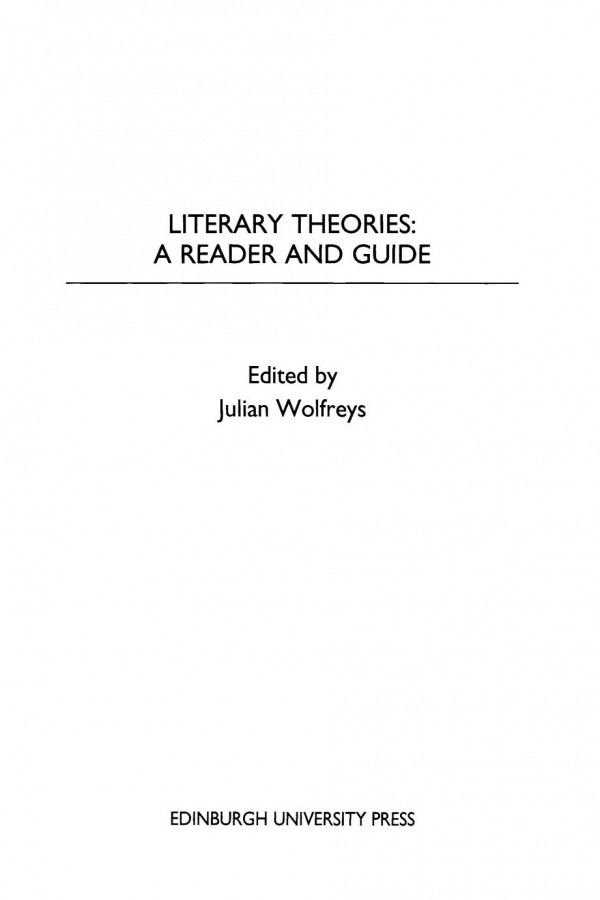

Most ebook files are in PDF format, so you can easily read them using various software such as Foxit Reader or directly on the Google Chrome browser.
Some ebook files are released by publishers in other formats such as .awz, .mobi, .epub, .fb2, etc. You may need to install specific software to read these formats on mobile/PC, such as Calibre.
Please read the tutorial at this link: https://ebookbell.com/faq
We offer FREE conversion to the popular formats you request; however, this may take some time. Therefore, right after payment, please email us, and we will try to provide the service as quickly as possible.
For some exceptional file formats or broken links (if any), please refrain from opening any disputes. Instead, email us first, and we will try to assist within a maximum of 6 hours.
EbookBell Team

4.3
8 reviewsLiterary Theories: A Reader and Guide is the first reader and introductory guide in one volume. Bringing together theoretically orientated readings by leading exponents of literary theory with lucid introductions, the book offers the student reader a foundation textbook in literary theory. Divided into 12 sections covering structuralism, feminism, marxism, reader-response theory, psychoanalysis, deconstruction, post-structuralism, postmodernism, new historicism, postcolonialism, gay studies and queer theory, and cultural studies, Literary Theories introduces the reader to the most challenging and engaging aspects of critical studies in the humanities today. Each section contains several influential texts that provide discussion of theoretical positions and striking examples of close readings of various works of literature from a number of perspectives. The introductions introduce the theory in question, discuss its main currents, give cross-references to other theories, and contextualise the readings that follow. An indispensable aid to understanding theory, Literary Theoriesis a significant introduction to theoretical approaches to literature.
Unique combination of an anthology of core texts and a thorough introductory guide Each of the 12 sections contains: